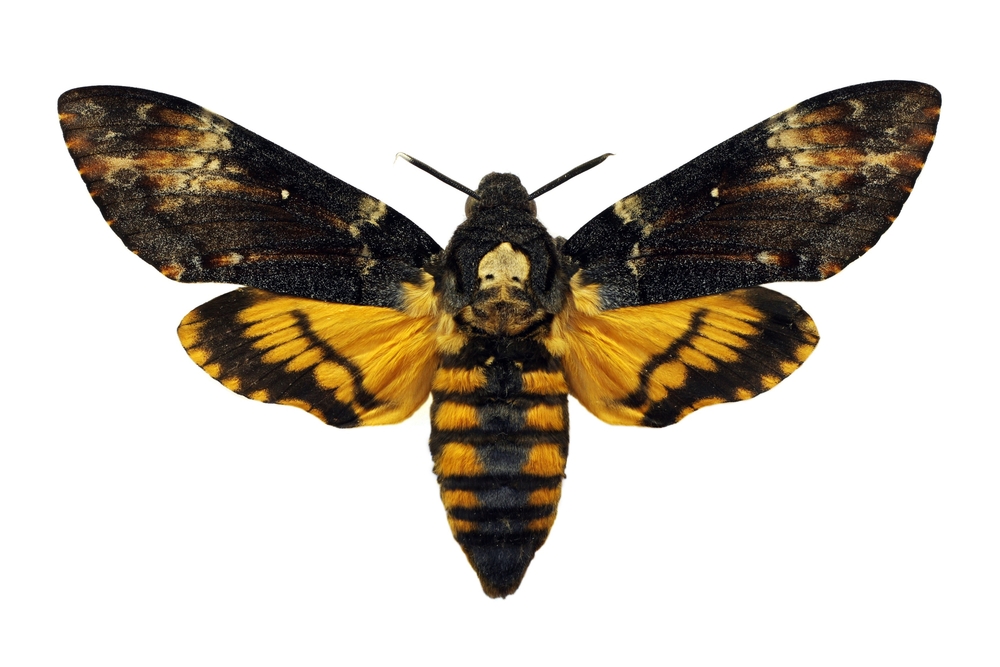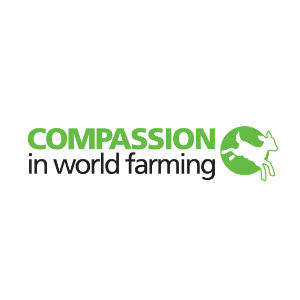Tagged butterflies
Reflections on a butterfly cabinet
This article was written for Ecolibrium Now – a collection of essays, poems and artwork in support of Polly Higgins’ Law of Ecocide campaign.
My father, a keen amateur naturalist, died some years ago and on a recent trip down to my mother’s home I finally took the time to sift through the various items he’d bequeathed me. Being the ‘environmentalist’ amongst my siblings, these amounted to his modest, but broad-ranging natural history library, various fishing rods, boxes of flies & curious home-made lures (many more successful at attracting moths in the loft than they ever had fish in a river!), and a cabinet containing his collection of butterflies and moths gathered through his childhood and the early part of mine.
That cabinet jolted me from my obvious musings on the changes between the countryside’s rich and diverse mosaic of my father’s childhood to today’s monotone green and yellow blocks – jolted me into the realisation that though lifeless, the moths and butterflies he’d methodically arrayed held a coded message. The purpose-built display cabinet of recycled English oak had twelve drawers, six each side with removable glass panes for adding other impaled specimens to the regimented rows already pinned to the cork-lined base, and exuded a sickly sweet smell of the lethal moth balls my father had placed in each drawer – with no apparent sense of irony – to protect his specimens from attack by… moths.
The majority of the specimens are British species ‘collected’ from North Staffs where he grew up, and then later from Devon and Flintshire, where we lived through my childhood and into my teens. ‘Collected’ is, of course, a euphemism – the butterflies were netted alive on the wing or for the moths drawn down from the night by the seductive glare of a paraffin lamp illuminating a sheet smeared with a sticky concoction my father boiled up from cherry tree resin and sugar. Whichever their method of capture, both butterflies and moths met a common fate from the cyanide infused plaster of Paris set in a kilner jar.
My introduction to the diversity and beauty of nature, the stirring of my instinct and increasingly present urge to be outside amongst and in nature, and the painful awakening of my more adult consciousness of the threats to and vulnerability of that natural connection all started with death. What startled me awake from my superficial skimming was finding myself staring at Death itself – the first specimen pinned at the top left corner of the first drawer being a Death’s Head Hawk Moth (Acherontia atropos) – more a visitor from the Continent than truly a native British species, although it does breed here.
What pricked me alert was the realisation that my father must have made a conscious decision to pin that specimen precisely there in its primary, conspicuous place. For that drawer and its specimens were out of order with the overall meticulous design and classification of the cabinet – British butterflies followed in the next five drawers, ordered in their families. Then the right-hand drawers returned to moths – with the last two marked up as ‘Foreign’, reserved for the exotic species he’d purchased overseas. He must have placed the Death’s Head Hawk Moth there deliberately – not a perverse, mocking message as from the fictional serial-killer, Hannibal Lecter, of ‘Silence of the Lambs’ – but rather a coded acknowledgement of the contradiction and his innate, growing unease of killing something he loved.
My father was given the cabinet on his 12th birthday in 1935. The collection stops at the end of the 1960s, when I too was 12. Over those 35 years, we had caught, poisoned and pinned some 240 specimens – with the native numbers boosted by those bought-in exotics. The ghostly Moon moths (Acticas selene) and huge Atlas moths (Atticus atlas) were like pins in the map of his wartime postings through India and the Far East. Something stopped us both, seven years on from the publishing of Rachel Carson’s seminal ‘Silent Spring’. It was also on the eve of the environmental movement’s birth that Carson’s book gestated – and which I became part of fifteen years later, when I first began working for Friends of the Earth. It was not any social stigma attached to being a butterfly collector, although the collecting of birds’ eggs had been made illegal in 1956 two years before I was born – but simply an awareness that there weren’t as many butterflies or moths about.
It had always been an unspoken rule that we didn’t collect ‘too many’ of any one species. When he was a boy and still well into my childhood, collecting butterflies and moths, if not birds’ eggs was seen as a perfectly respectable hobby, marking one out as a ‘naturalist’. Not today, as this contemporary comment on a conservation organisation’s website makes plain: “Why would you have a cabinet full of dead butterfly specimens? Many ‘collectors’ will strongly argue their case, but in general, their behaviour is one of selfishness, greed and obsession. No collector could ever claim to be helping wild butterflies by killing them in their prime – often before they have a chance to mature and lay their eggs for future generations.”
As intended, those words hit home. But I can’t characterise my father’s love and knowledge of nature or my own as being nurtured and motivated merely by selfishness, greed or obsession. Nor do I want to taint those archetypal summer childhood memories of chasing through a meadow – nothing of ‘special scientific interest’, just the common-place farmer’s field next door or along a woodland ride with butterfly nets in pursuit of a Silver-studded Blue, Meadow Brown, Purple Hairstreak or Silver-washed Fritillary.
But then there are very few wildflower and herb-rich meadows left for children to chase through and butterflies to flutter over – as the tired but true statistic which I’ve repeated, written, typed, stencilled onto banners too many times to remember tells us: ‘97% of our wildflower meadows lost since 1945’. Not ‘lost’ – but destroyed, drained, ploughed up and re-sown with monochrome mixes of non-native grasses, predominantly rye-grass. The Silver-studded Blue, and many of the fritillaries are no longer commonly or even occasionally found, but listed as ‘vulnerable’, ‘endangered’ and even if described as being of ‘less concern’ as to their numbers and distribution, still sit on the ‘Red List’ – the annex and waiting room leading to extinction as inevitably as the ‘killing jar’.
Three-quarters of British butterflies are in decline – with 4 out of our 56 native species becoming extinct over the past hundred years. Of our much more numerous native moth species (2,400 plus), 62 have become extinct and the ‘catch-rates’ recorded by the Rothamsted field station have fallen by a third since the close of the 1960s; the point at which my father made the unspoken decision to halt our unconsciously ‘selfish, greedy and obsessive’ pastime.
Apart from the Death’s Head Hawk Moth, one specimen of a Clifden Nonpareil moth or Blue Under-wing, described as ‘the Victorian collector’s classic all-time favourite’ and the ‘Foreigns’– our cabinet contains no butterflies or moths that at the time or until very close to the time we stopped, would have been considered anything other than ‘common’ or ‘frequently found’– beautiful, exquisite, extraordinary in their detail and specific arrays, but not national rarities, scarcities or even regionally remarkable. Yet when comparing the contents of the butterfly cabinet to the official Red List – of the 30 or so species pinned in semi-immortality, three-quarter are on that list, and a third are described as ‘threatened’ or ‘near threatened’. The yellow and orange Garden Tiger moths, which my boy’s mind conflated as half world war one fighter plane, half leopard, regularly drawn down from the night on a lighted flare-path into our moth-trap, have suffered a 92% decline.
The blame for these nose-dives in the range and number of Garden Tigers and many other species of butterfly and moth should not be laid at the door of dead amateur naturalists or boys past or present bearing butterfly nets (ideally today, digital cameras rather than killing jars), but rather with the post-war and subsequent policy makers and their agribusiness advisers. It was they who set in train the wholesale destruction and dismantling of the type of mixed-farming that created the rich mosaic of habitats which supported such plentiful wildlife (and the farming community too), alongside and inherent in the production of crops and livestock, a past plenty that could stock a million such butterfly cabinets as the one I inherited without compromising nature’s capacity to replenish herself.
Robin Maynard, October 2014




